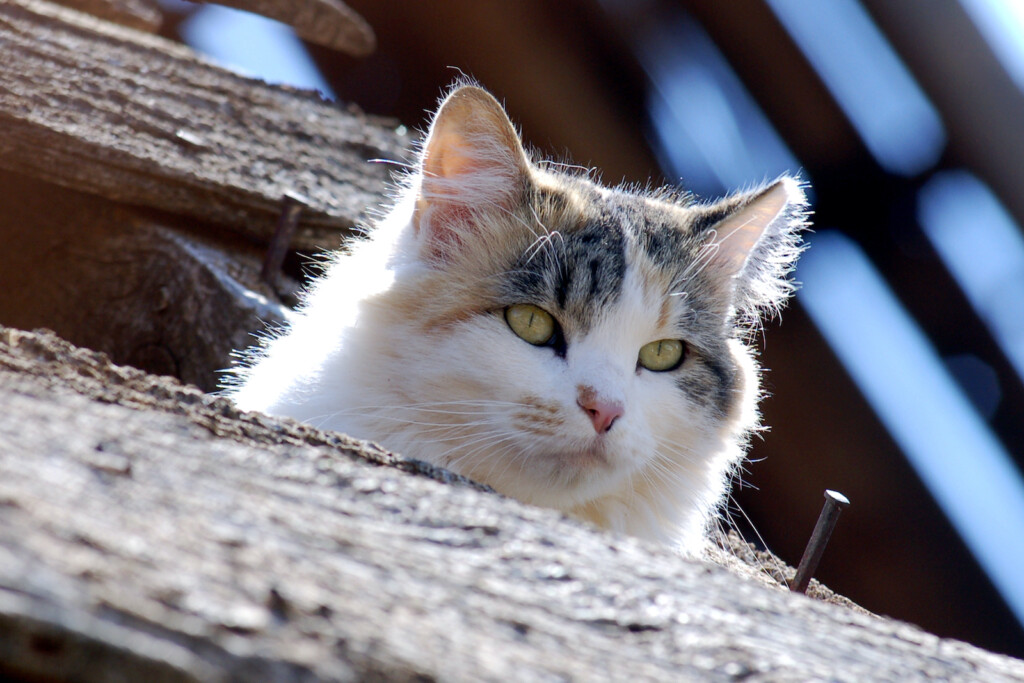
As a longtime promoter of local native wildlife, I have always been intrigued by native animals adapting to the urban environments of Salt Lake City. Native deer, doves, and ducks all do well and whole herds of mule deer now live well within city limits.
Many mourning doves now raise their young in our neighborhoods and no longer migrate south as they had done for millennia. Instead, they spend the winter in town, safe from hunters. In response, wildlife managers have had to raise the hunting limits to control dove populations.
And who hasn’t seen folk feeding otherwise wild mallards at Liberty Park Pond? None of these now common behaviors were present when I was younger.
This article features three new species that are not native to our area, but have adapted to life in the city.
The Collared Dove
Collared doves originally flew to America from the Caribbean. This pigeon-like bird literally exploded across our country at an amazing rate, invading town after town.
Similar in appearance to the previously mentioned mourning dove, it is larger with a large rounded tail and the characteristic black collar around its neck, for which it was named.
This exotic interloper arrived in Salt Lake less than a decade ago, but is now very common with its characteristic “who, who, who” call, usually from atop a nearby telephone pole. Many thought it might compete with our native dove, but there is no evidence of that.
As an avid mourning dove hunter, I have started to see and harvest collards outside of city limits, although they are certainly not as good to eat.
Red Squirrels
The Eastern red fox squirrel is easily the most well-known squirrel back East. With no natural predators, this large squirrel is expanding rapidly. They enjoy running back and forth on their power line freeways high overhead.
It is easy to know if red squirrels have reached your neighborhood, as their leaf nests can be seen in deciduous trees during winter. Smaller native grey squirrels moved into the City’s east side decades ago from the forests of the Wasatch, but have not habituated to the valley floor yet.
Fox squirrels have proven to be quite destructive to my neighborhood. My wife and I canned apricots from a neighbor’s tree for twenty years until the arrival of the reds. Because they destroyed all the cots for the past two years, we have taken to eating “apricot-flavored” squirrels instead. They are great!
Great-tailed Grackles
I first observed my first great-tail in the parking lot of the Home Depot on 21st South about five years ago. Since then, their numbers have grown.
This blackbird is easy to identify because the black violet males have a very “great tail”, and their vocalizations range from whistles to clacks.
Five years ago, these grackles were a common sight and sound in downtown St. George, but not in Northern Utah. A warming climate has apparently allowed this “parking lot” species to move north. Now, like the collared dove, they are invading parking lots city wide. Just don’t give them your car keys!
Wildlife Roulette
Because these new exotics are mostly considered pests, there has been no effort to protect them through regulation, and one could legally hunt them with few restrictions. As time passes, however, I think we can continue to expect more of these new guys on our blocks.
Adjusting our perceptions of native versus exotic species may no longer apply, because “Pandora’s Box” has already been opened and the interlopers are out!
As I have already admitted, my wife and I do eat some of them, but we haven’t tried the blackbird pie … yet.



